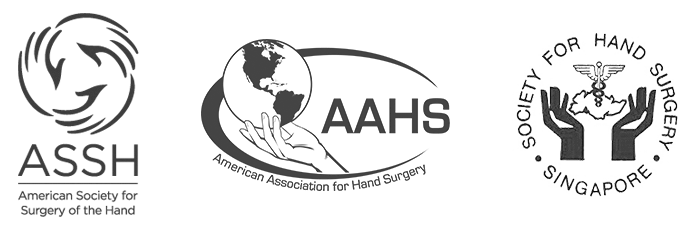Wrist & Distal Radius Arthroscopy and Reconstruction Workshop
Dr. Jonathan Y. Lee also recently participated in the Wrist Dissection Course and Cadaveric Workshop, organiSed by the Singapore General Hospital on 14th January 2011, to coincide with their hosting of the 2011 HMDP visiting expert for Hand Surgery, Dr. Marc Garcia-Elias.
The most recent wrist arthroscopy and reconstruction workshop was held at Tan Tock Seng Hospital where the facilities were excellent; the program well run and transitions were smooth. Having a ‘wet’ lab neatly tucked away in the basement, yet only footsteps away from a well-appointed conference room, dining and vendor display facilities made it clean and convenient, a definite plus point over the usual workshops where cadaveric labs are a bus ride away from the meeting venue.
There were more than 20 participants, hailing from Singapore, Malaysia, Indonesia, Hong Kong, Thailand and India, with both local faculty and an esteemed international faculty from Singapore, Switzerland, Australia and Hong Kong.
The packed and exciting program ran over 2 full days, and covered wrist arthroscopy techniques from basic to advanced, as well as the surgical management of distal radius fractures and scaphoid fractures. The material provided food for thought for both novice and experienced participants.
Participants were given ample opportunities to use wrist arthroscopy systems from both Karl Storz and Stryker. Various TFCC repair techniques were demonstrated including Smith & Nephew TFCC Mender disposable suture system. Fluroscopic equipment was available for percutaneous scaphoid fixation, and participants were able to work with and familiarize themselves with Synthes’s most recent 2.4mm volar and dorsal distal radius variable angle locking compression plates. As well as their headless counter-sinkable compression screw (HBS).
Invited faculty Dr. Ho Pak-Cheong (Hong Kong) shared his pioneering experiences extending the scope and application of wrist arthroscopy as a therapeutic and diagnostic modality; and impressed with his ideas and innovations, including arthroscopic assisted management of Distal Radius fractures, arthroscopic carpal fusions, bone grafting and ligament repairs while personally tutoring each participant in percutaneous scaphoid fracture fixations under fluroscopy.
Both Dr. Ladislav Nagy (Switzerland) and Dr. Jeff Ecker (Australia) are well known to our Hand Surgery community, having both contributed widely to the international hand surgery literature and leadership. Dr. Nagy through his long involvement AO Switzerland and the AO hand expert group, and Dr. Ecker being a leading hand and microsurgery educator in Australia, has visited and lectured in Singapore on many previous occasions. They demonstrated arthroscopic approaches and technique as well as open surgical approaches in the treatment of scaphoid and distal radius fractures. Attentive, approachable and knowledgeable, the faculty shared pearls from their experience in their lectures and bench-side teaching.
The workshop concluded with a lively case discussion, where participants contributed their own difficult cases for expert opinion and viewpoint. The discussion highlighted the ‘real-world’ application of principles presented during the workshop and was a powerful summary conclusion to a fruitful 2 days.
Both the SGH wrist dissection course and the TTSH wrist and distal radius arthroscopy and reconstruction workshop compliment each other very well; with the Wrist Dissection course emphasiSing open approaches to the wrist and surgical reconstruction of carpal instability, while the Wrist Arthroscopy Workshop demonstrates the rapidly expanding potential for minimally invasive therapeutic approaches to the wrist. Together, these courses form a comprehensive and detailed overview of current knowledge in management of wrist pathology.
Both courses had a robust didactic program, an experienced local and international faculty, balanced views and most importantly, the rare opportunity for surgeons to hone their skills and techniques on cadaveric specimens – giving them the confidence to apply these skills presently, towards improving the care of their patients.
These courses are an excellent addition to the regional hand surgery educational offerings, and we hope they will become regular recurring meetings. With their continued success and evolution, these courses will no doubt be a crucial platform to inform, update, innovate and elevate the standards of care in hand surgery.




















